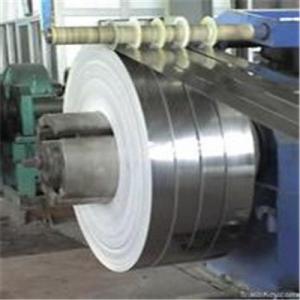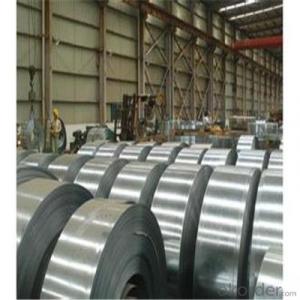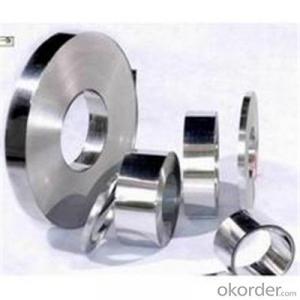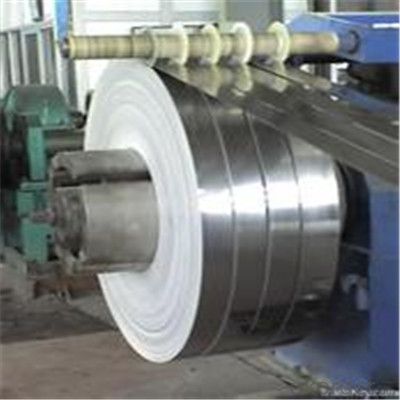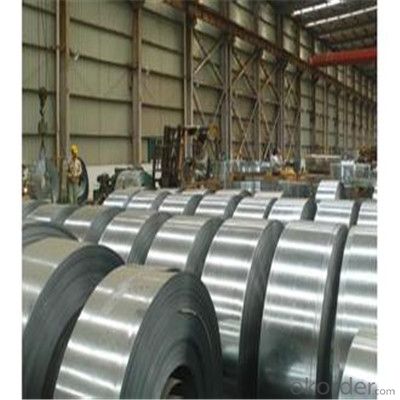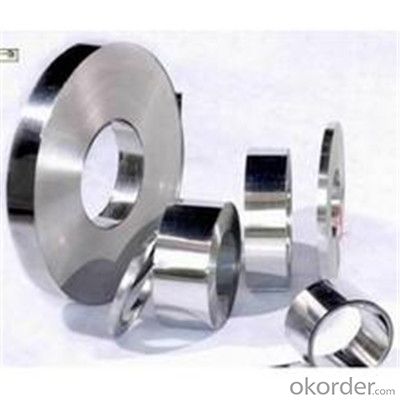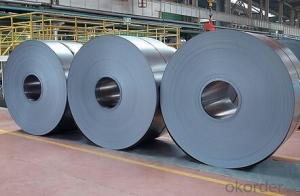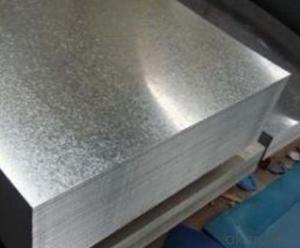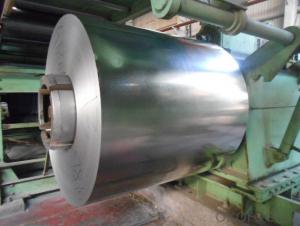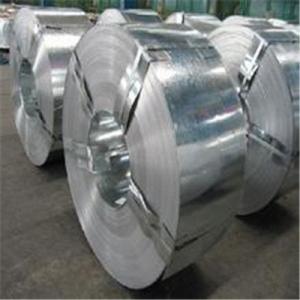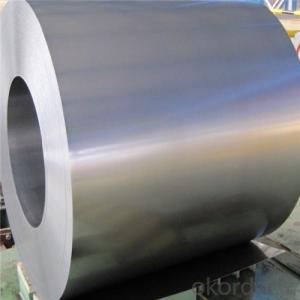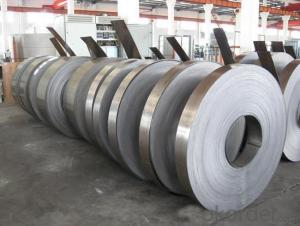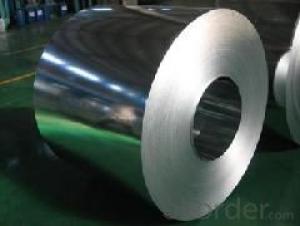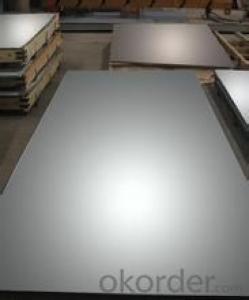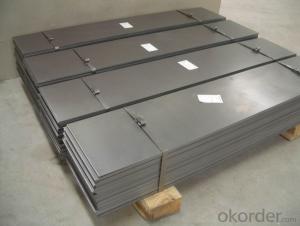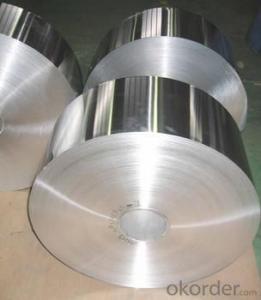Hot -dip Galvanized Steel Strip Coils Professional Manufacturer in China
- Loading Port:
- Shanghai
- Payment Terms:
- TT OR LC
- Min Order Qty:
- 22 m.t.
- Supply Capability:
- 4433222 m.t./month
OKorder Service Pledge
OKorder Financial Service
You Might Also Like
Specification
Applications of Steel Strip Coils:
1:Chemical industry equipment, Industrial tanks
2:Medical Instruments,Tableware, Kitchen utensil,kitchen ware
3:Architectural purpose, Milk & Food processing facilities
4:Hospital Equipment, interior Exterior decoration for building
5:Architectural purposes, escalators, kitchen ware,vehicles
Festures of Steel Strip Coils:
Standards: Q195 SGCC DX51D
Other steel grade can be provided after negotiating with customers.
Size: thickness 0.08-5mm, width 10-950mm
Packing: Seaworthy packing.
Specifications of Steel Strip Coils:
| Description | Hot Rolled Steel Strip |
| Brand | Tianjin Metallurgical No.Steel Group |
| Specification | 1.2-6.0mm*70mm |
| Standard | AISI,ASTM,BS,DIN,GB,JIS |
| Material | Q195,Q215,Q215B,Q235,Q235B |
| Application | Widly used in welding steel pipes, and bicycle making etc. |
| Certificates | BV,SGS,ISO etc. |
| MOQ | 20 tons or according to customers’ requirement. |
| Port of Delivery | Tianjin Port of China |
| Remarks | We can provide qualify goods,competitive price and speedy delivery |
Images of Steel Strip Coils:
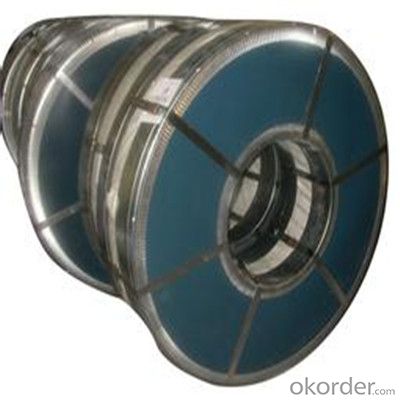
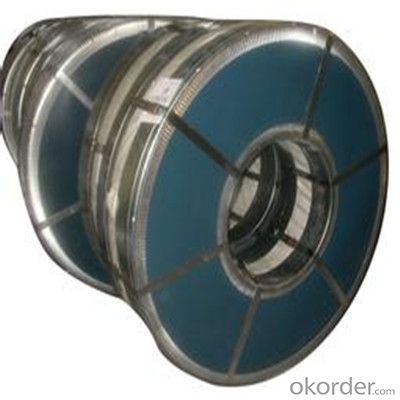
FAQ
1.What's your MOQ?
25MT, it is for one container.
2.Do you have QC teams?
Yeah, sure, our QC team is very important, they will keep the quality control for our products.
3. What's your normal delivery time?
Our delivery time about 10-20days for standard sizes, if you have other requirements like hardness and width ,it is about 20-40days.
- Q: How are steel strips protected against damage during handling?
- Steel strips are protected against damage during handling through various measures such as applying protective coatings, packaging them in sturdy materials, using proper lifting and handling equipment, and implementing careful handling techniques to minimize the risk of impacts or bending.
- Q: What are the different techniques used for cutting steel strips?
- There are several techniques used for cutting steel strips, including shearing, sawing, laser cutting, waterjet cutting, and plasma cutting. Shearing involves using a shear machine to apply a strong force to cut through the steel strip. Sawing utilizes a bandsaw or circular saw with a blade specifically designed for cutting metal. Laser cutting uses a focused laser beam to melt or vaporize the steel strip, creating a precise cut. Waterjet cutting involves using a high-pressure stream of water mixed with abrasive material to cut through the steel strip. Plasma cutting uses a jet of ionized gas to heat and melt the steel strip, allowing it to be easily cut. Each technique has its advantages and is chosen based on factors such as the thickness of the steel strip, desired precision, speed, and cost.
- Q: What is the creep resistance of a steel strip?
- The creep resistance of a steel strip refers to its ability to resist deformation or creep under sustained or long-term stress at elevated temperatures. Creep is a phenomenon where materials slowly deform over time when subjected to a constant load or stress at high temperatures. This can be particularly critical in applications where the steel strip is exposed to high temperatures for extended periods. The creep resistance of a steel strip is influenced by several factors, including the composition and microstructure of the steel, as well as the temperature and stress levels it is exposed to. Steel strips with a higher content of alloying elements such as chromium, molybdenum, and vanadium tend to exhibit better creep resistance. Additionally, a fine and homogeneous microstructure with a controlled grain size can enhance the creep resistance of the steel strip. Testing methods such as creep tests are used to evaluate the creep resistance of steel strips. These tests involve subjecting the strip to a constant stress or load at a specified temperature for an extended period and measuring the resulting deformation. The creep resistance is then determined by analyzing the deformation characteristics of the material over time. Creep resistance is an important consideration in various industries, including power generation, aerospace, and automotive, where components are exposed to high temperatures and sustained stresses. By choosing a steel strip with high creep resistance, engineers and manufacturers can ensure the longevity and reliability of their products in such demanding environments.
- Q: Can steel strips be used in the production of shipping containers?
- Yes, steel strips can be used in the production of shipping containers. Steel strips are commonly used in the construction of shipping containers due to their strength, durability, and resistance to corrosion. They provide structural support and help maintain the container's shape and integrity during transportation and handling.
- Q: 65 what is the hardness of the best heat treatment of manganese steel strip?
- 65, the best heat treatment hardness of manganese steel strip depends on the application and heat treatment methods, such as the general in 45~50HRC, general heat treatment at 48 degrees, the best comprehensive mechanical properties.
- Q: How are steel strips used in the production of automotive stampings?
- Steel strips are used in the production of automotive stampings as they are shaped and formed into various components such as body panels, brackets, and reinforcements. These strips are fed into stamping machines where they are pressed and cut into the desired shapes. The strength and durability of steel make it an ideal material for automotive stampings, ensuring the quality and safety of the final products.
- Q: How are steel strips processed for improved surface finish?
- Achieving an improved surface finish for steel strips can be accomplished by employing various methods. One commonly used technique involves pickling and oiling. In this process, steel strips are submerged in an acidic bath, typically hydrochloric acid, to eliminate any scales or impurities present on the surface. This step ensures the creation of a smooth and clean surface. Following pickling, the strips are thoroughly rinsed and then coated with oil to prevent oxidation and enhance the overall appearance. Another approach to enhancing the surface finish of steel strips is through cold rolling. This method entails passing the strips through a series of rollers at room temperature. Not only does this process reduce the thickness of the strips, but it also improves the surface finish. Cold rolling plays a crucial role in producing a uniform and smooth surface, effectively minimizing imperfections and roughness. Furthermore, annealing can be employed as a means of improving the surface finish of steel strips. Annealing is a heat treatment process that involves heating the strips to a specific temperature and gradually cooling them. This technique effectively relieves internal stresses and enhances the crystal structure of the steel, ultimately resulting in a refined and smoother surface. Moreover, mechanical treatments like grinding or polishing can further enhance the surface finish of steel strips. Grinding employs abrasive wheels or belts to eliminate imperfections and roughness from the surface. On the other hand, polishing utilizes a fine abrasive material to create a smooth and glossy surface. To summarize, various methods such as pickling and oiling, cold rolling, annealing, and mechanical treatments like grinding and polishing can be employed to achieve an improved surface finish for steel strips. These processes effectively eliminate impurities, reduce roughness, and result in a clean and smooth surface, enhancing both the appearance and performance of the steel strips.
- Q: What are the different types of corrosion that affect steel strips?
- There are several types of corrosion that can affect steel strips, including general corrosion, pitting corrosion, crevice corrosion, galvanic corrosion, and stress corrosion cracking.
- Q: How are steel strips used in the manufacturing of railway tracks?
- Steel strips are used in the manufacturing of railway tracks as they provide strength, durability, and stability required to support heavy trains. These strips are shaped and welded together to form the rails, creating a continuous and robust track structure. The steel composition ensures resistance to wear, corrosion, and extreme weather conditions, making them ideal for long-lasting and reliable railway infrastructure.
Send your message to us
Hot -dip Galvanized Steel Strip Coils Professional Manufacturer in China
- Loading Port:
- Shanghai
- Payment Terms:
- TT OR LC
- Min Order Qty:
- 22 m.t.
- Supply Capability:
- 4433222 m.t./month
OKorder Service Pledge
OKorder Financial Service
Similar products
Hot products
Hot Searches
Related keywords
